We recently connected with Nick Meador and have shared our conversation below.
Hi Nick, thanks for joining us today. If you could go back in time do you wish you had started your business sooner or later
I started my business on the only timeline I could have. But that was in some ways determined by what came before. It’s tempting to look back and wish I had made some different decisions about my education. Starting my own business probably would have been easier if I had gone to business school!
“Hindsight is 20/20,” as they say. And hindsight in the Internet age is even clearer. Facebook was basically invented while I was in college (I was class of 2005). Google wasn’t as helpful at that time, and YouTube wasn’t really a thing. So it’s easy to look back from the information-saturated reality we’re living in now and wish that I had realized how relevant business school would be for me later in life.
By the time I caught onto the idea of entrepreneurship in 2014, I had a lot of catching up to do. I was navigating chronic fatigue syndrome (or CFS) and didn’t yet know how to turn my health around. But for years I had had a sense that my attempts at a career path up to that point had contributed to deteriorating my health. The ways I tried to apply myself just never seemed to hit the mark. Even if I reached a professional goal, I was still miserable.
I also didn’t grow up in a culture that celebrated entrepreneurship. In Southeast Michigan, most careers are in a corporate setting. So I had a long process of re-writing the subconscious beliefs I had about taking on my own business ventures. It began with leading self-development workshops.
Once I found ceremonial cacao in 2015, it quickly began to help me on my path of recovery from CFS. I began traveling to Central America to learn more. And I was bringing it back to share with my community.
Then came requests over Facebook from people who wanted me to mail it to them. I saw a problem that needed a solution. And in 2018 I launched my e-commerce business to share cacao that’s made by indigenous artisans in Latin America.
It has been a difficult business model to sustain, because the landing cost is much higher when the cacao is finished in the place where it grows. That’s why most brands selling “ceremonial cacao” are just importing the cacao seeds (more commonly known as “beans”) and processing them in a factory.
But the market is growing consistently, as more and more people start to understand the difference when it’s made more traditionally at the source, both in the flavor and energy, and for more social and financial equity for indigenous cacao workers.
I will say, I am glad I didn’t start my business any later than I did. Thanks to my previous career in website management and training in digital marketing and content creation, I’ve been able to position Soul Lift Cacao as a first-page Google result and build a reputation around integrity and ethics. That probably wouldn’t have been possible had I started even a year or two later.
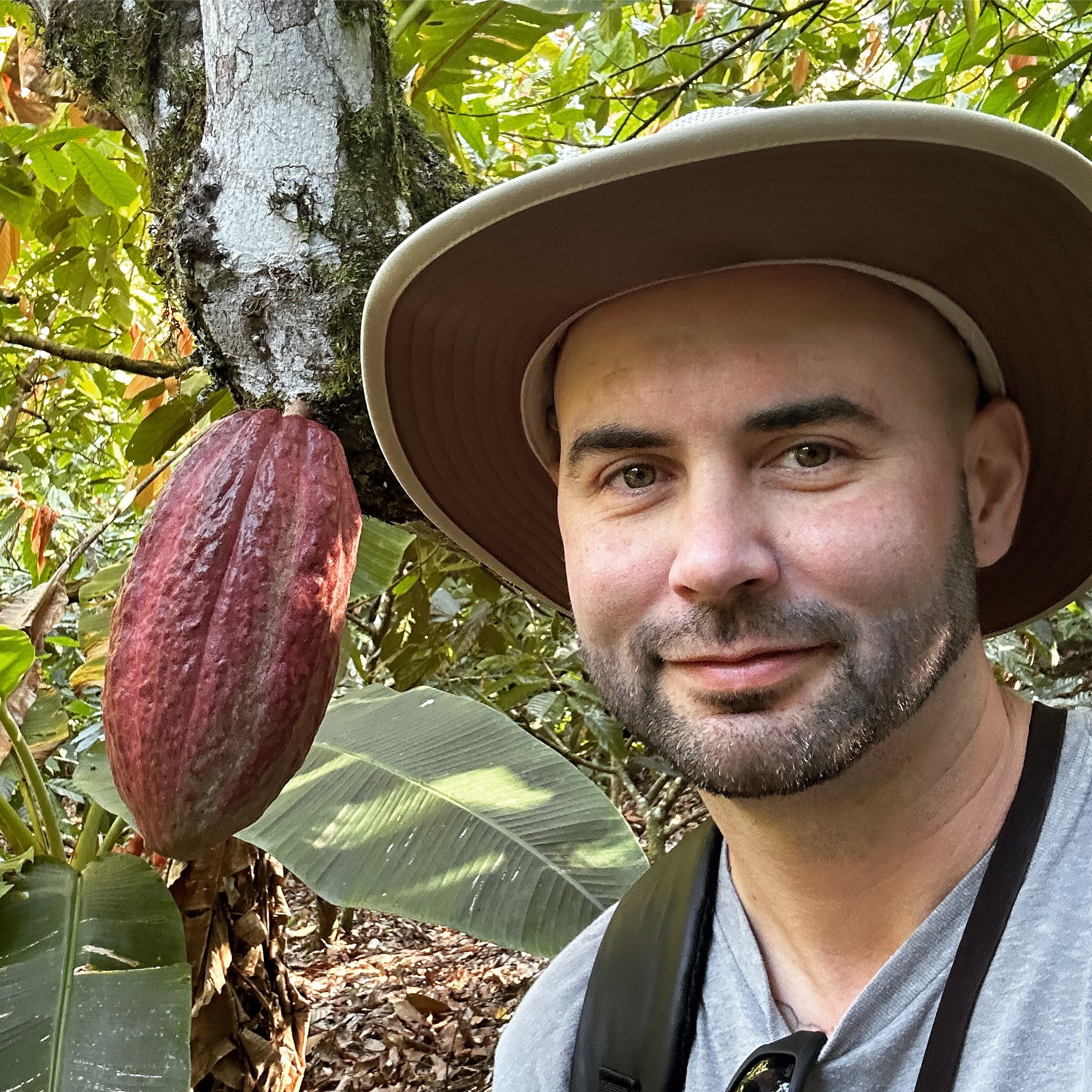
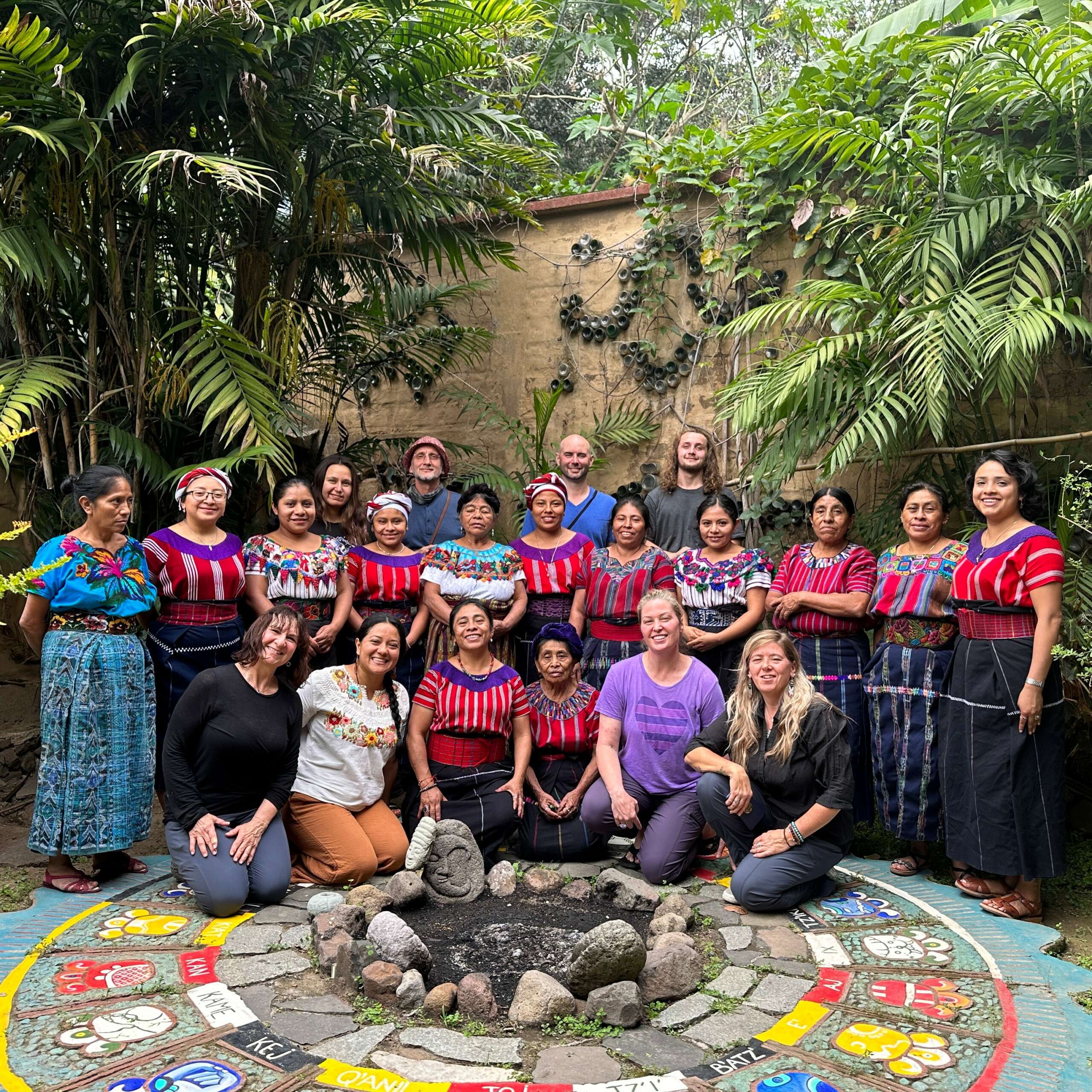

As always, we appreciate you sharing your insights and we’ve got a few more questions for you, but before we get to all of that can you take a minute to introduce yourself and give our readers some of your back background and context?
I have a social enterprise that works through direct trade relationships with indigenous collectives in Latin America to source cacao that’s grown without chemical pesticides or fertilizers, and grown and processed on a small scale. So far all the cacao I carry is toasted over wood fire and peeled by hand, basically the way it has been for thousands of years. I’ve found that one of the most important things is for the cacao to be finished into paste (in other words, 100% pure chocolate) in the same country where the cacao grows.
Last time I did the math, my model sends an average of 17x the “fair trade” rate per pound of cacao back to the source country. This is contributing to economic development and cultural reclamation in places that have been decimated by foreign political intervention fueled by exploitative and extractive corporate activity.
My sister was adopted from Guatemala in 1996 and I was lucky enough to visit there at the age of 13. I didn’t learn about cacao on that trip, but I did feel a strong connection with the culture. When Guatemalan artisanal cacao later helped me on my path of recovery from CFS, it seemed like such an odd coincidence.
I’d never go so far as to say that any cacao is the best, even though some brands to make claims like that. I think people form connections with cacao from different places, and that becomes something that bonds them together.
I only carry a cacao variety if I can verify enough of the information about the farming and preparation. How many people are involved, what’s their background, how are they being compensated, is it clear that there’s no child labor, etc.
Soul Lift Cacao is all about transparency. The growing region and the processing group (often called a collective) are both listed on every label. There are photos of each source group on the website and a little of their story. Some groups have more of an existing connection to indigenous spirituality, and a couple of the cacao varieties are even grown and harvested according to the Mayan Cosmovision.
Mostly I sell 100% pure, untempered cacao. I also make flavored drinking chocolates featuring this cacao, unrefined sweetener (usually coconut sugar), and different spices and extracts. Because the cacao is untempered, it needs to be prepared with a blender or frother to fully emulsify the cacao butter. This is a barrier for some people, but I think the reward is obvious for those who give it a try.
I’m thrilled to now also be leading group cacao tours. So far they’ve been in Guatemala and involve visits to cacao farms and collectives, cultural excursions, and sitting in traditional Mayan ceremonies. Many people have told me these are life-changing experiences, and I’m enjoying them a lot. So I hope to keep expanding the tours to other places.

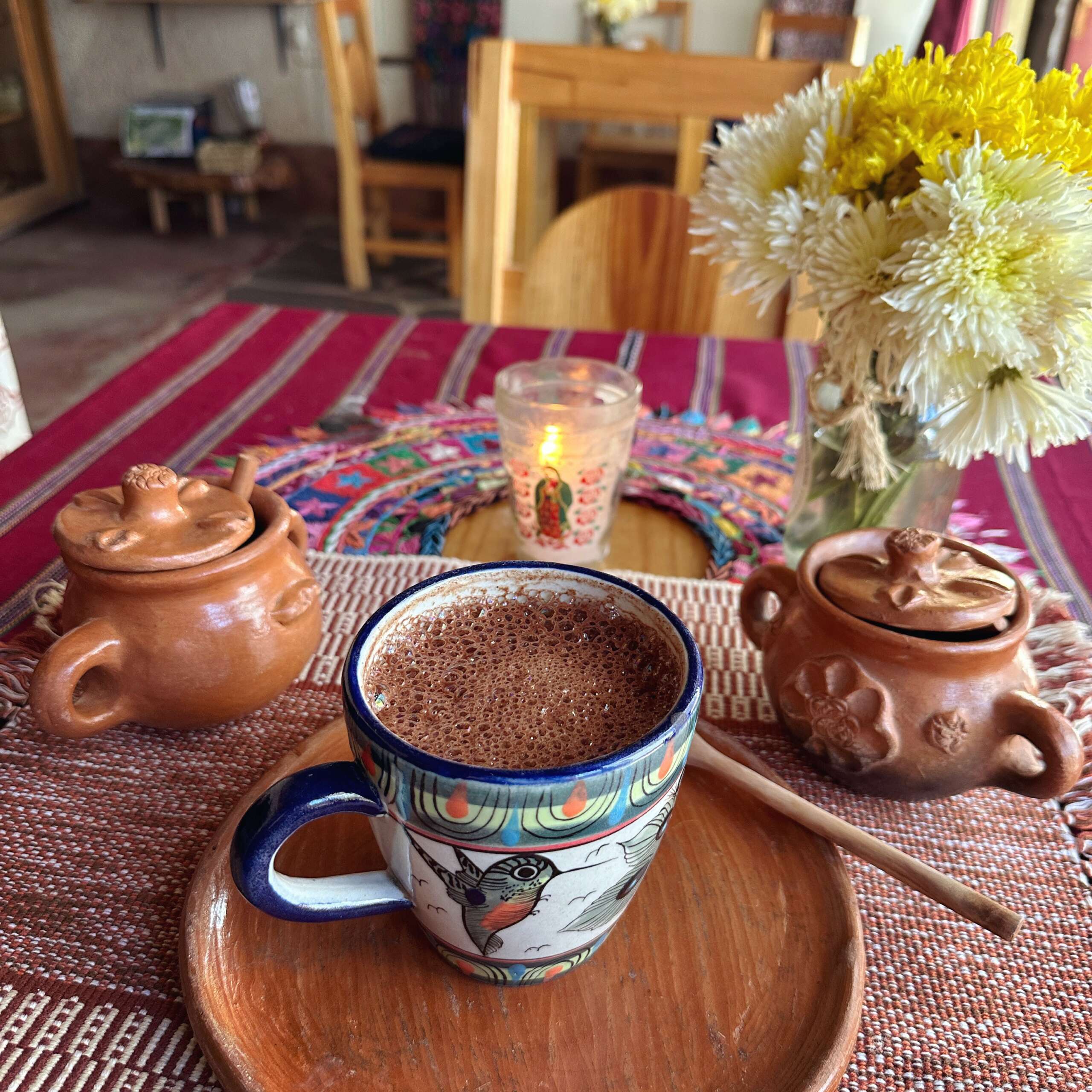
Can you tell us about what’s worked well for you in terms of growing your clientele?
It has always been a combination of social media and word-of-mouth. Ceremonial cacao has a strong social component. People often encounter this kind of traditionally prepared cacao at an event, whether or not it’s called a ceremony.
Just hearing about it online, it can be difficult to understand the value proposition. That’s how it was for me when I first heard about it in 2014. It sounded silly. It wasn’t until I tasted it in 2015 that the light bulb turned on. And even then, it took a year to be able to look back and really grasp how it had changed my life.
Obviously social media is complicated and has ups and downs. The growing popularity of short video content helps to tell more of a story that people can take in easily. But as a writer and fan of still photos, that’s been a hard transition for me to make.
So I’ve tried to strike a balance between what’s comfortable for me and what gets through to people. Eventually through social media metrics I was able to identify my three most popular types of posts. By far the most popular are educational memes, and these have also helped to establish a consistent brand voice. The other two are types are posts showing indigenous cacao workers, and showing cacao itself (tree, pod, seeds, processing, finished blocks, etc).
I have an affiliate program that mostly works with influencers who have a network under 10k followers yet have strong community connections (see: word-of-mouth). I have a weekly newsletter that informs people about events and product updates, and points them to interesting cacao content.
As they say, gaining new customers is only valuable if they can be retained. So far this year, Soul Lift Cacao has over 50% return customer rate and 97% of reviews on the website are 5 out of 5 stars.
I’ve very rarely used advertisements, but Google Adwords has gotten a lot easier to use so I am currently running some search ads. I’m not using aggressive sales funnels or manipulative marketing tactics. Appealing to people’s trust through deeper relationships takes longer. But I do see it adding up over time. For me it’s the only way.
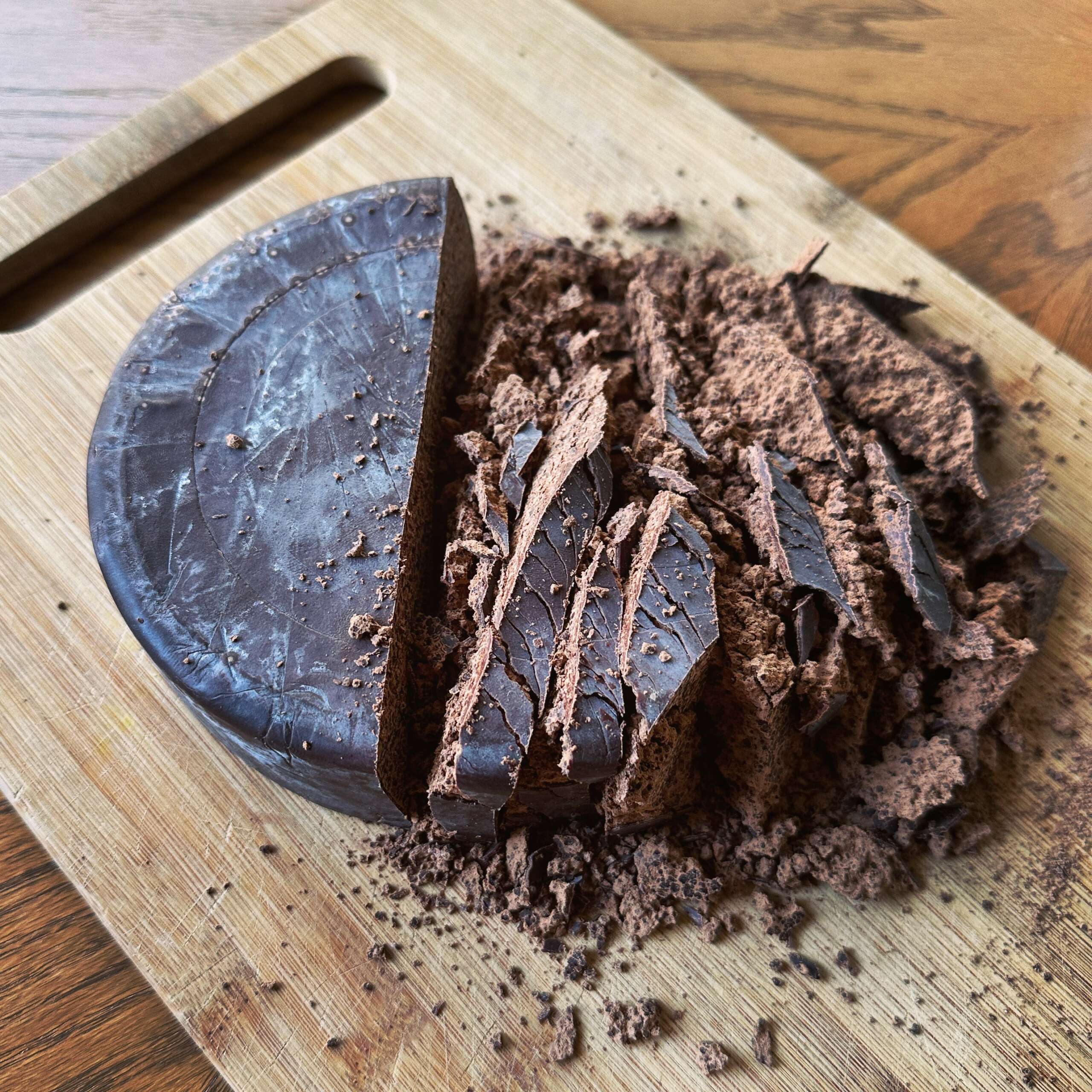
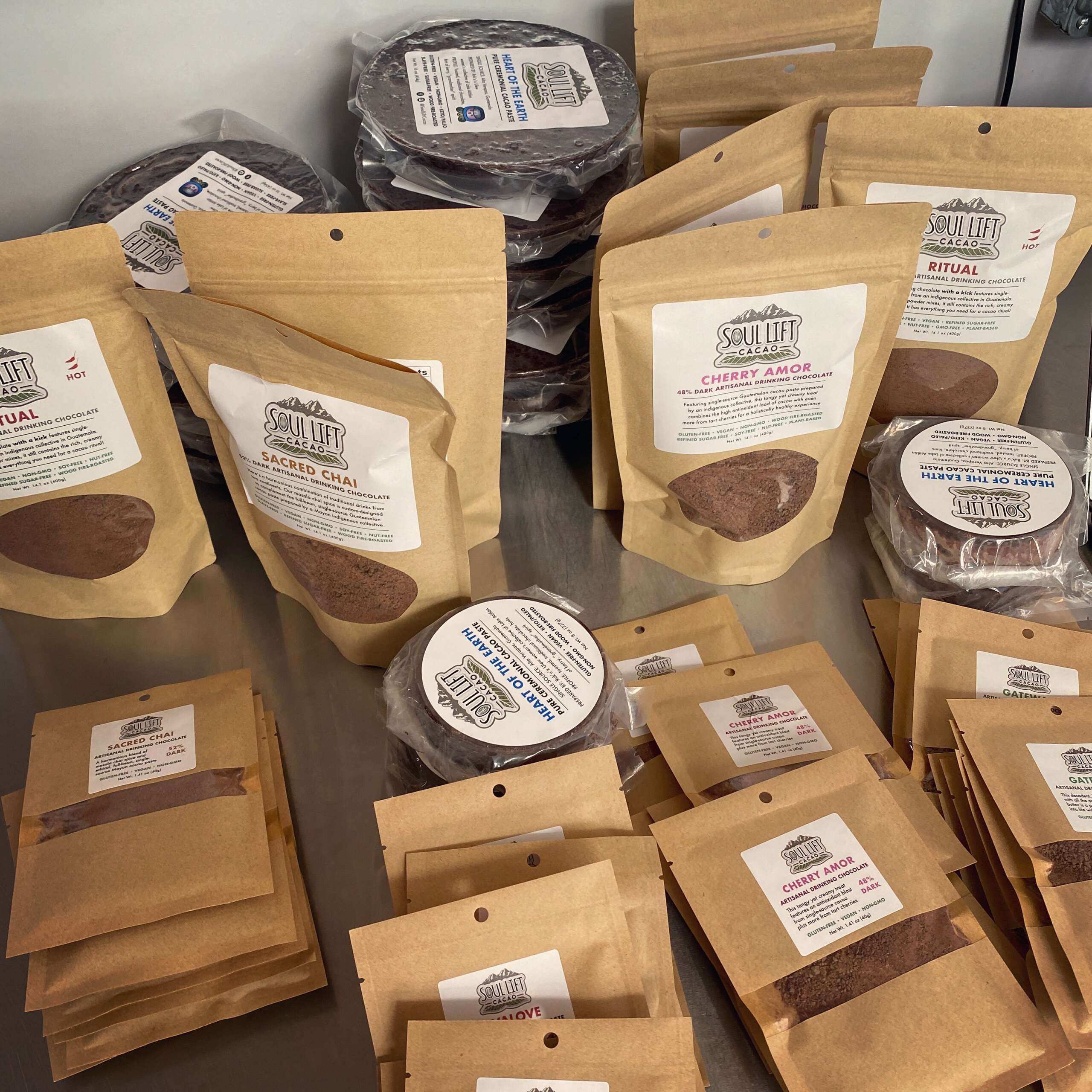
How’d you think through whether to sell directly on your own site or through a platform like Amazon, Etsy, Cratejoy, etc.
I started off using Squarespace. Coming from a publishing and design background, I appreciated the simplicity of it. But then they lost a bunch of my product listings and weren’t able to recover them. They didn’t refund my web hosting fees or anything. It was so disappointing.
I had already began hearing that Shopify was a strong e-commerce engine. So this disaster was the impetus for me to make the change. I’m not a web programmer, so I decided to hire one to help me get a Shopify site set up. I already had a clear sense of how I wanted it laid out, but it was still a really complicated process.
After about a year, we were able to work out the kinks. And now I’m able to fully run it myself with little to no support. The third-party apps are amazing, and I’ve been able to implement some features that rival the websites of huge businesses.
I’ve looked into some other options. For e-commerce/POS hybrid, Weebly/Square might be cheaper. Shopify’s POS plan is expensive, but I did use it for the two years when I had a brick-and-mortar in addition to e-commerce. The upside was that my inventory was automatically synced both online and offline. We didn’t have to manually reconcile numbers at the end of the day or anything like that.
I also sell on Etsy, but that site is problematic for what I do. Most products labeled ceremonial cacao are basically sold “under the table” by vendors that don’t have a registered food business or all the overhead that comes with it. So they can sell at a lower cost, which without a deeper understanding makes my brand look bad. Plus, at the volume I sell, my products (food for home consumption) are exempt for sales tax in most states, and Etsy charges sales tax no matter what.
I briefly tried selling on Amazon by myself, but then a customer demanded a refund for no clear reason and Amazon took it out of my account. So I stopped that quickly. But I am hoping to try fulfillment by Amazon this year, because it would create a lot of exposure and offer faster shipping to customers.
Contact Info:
- Website: https://www.soulliftcacao.com
- Instagram: http://instagram.com/soulliftcacao
- Facebook: http://facebook.com/soulliftcacao
- Youtube: https://www.youtube.com/channel/UCoxrI0O7L3EAXFyBmuq0Bbg
- Other: https://www.tiktok.com/@soulliftcacao
Image Credits
All photos are credit of Nick Meador/Soul Lift Cacao. The photo of me standing next to one woman is Cecilia, owner of Ruk’u’x Ulew women’s cacao collective. I sell their cacao with permission under the English translation, Heart of the Earth. The large group photo is from the last time I took a tour group to visit Ruk’u’x Ulew at Lake Atitlán, Guatemala. The photo of two women toasting cacao seeds are Elizabet and Yojana of Lavalove cacao.


